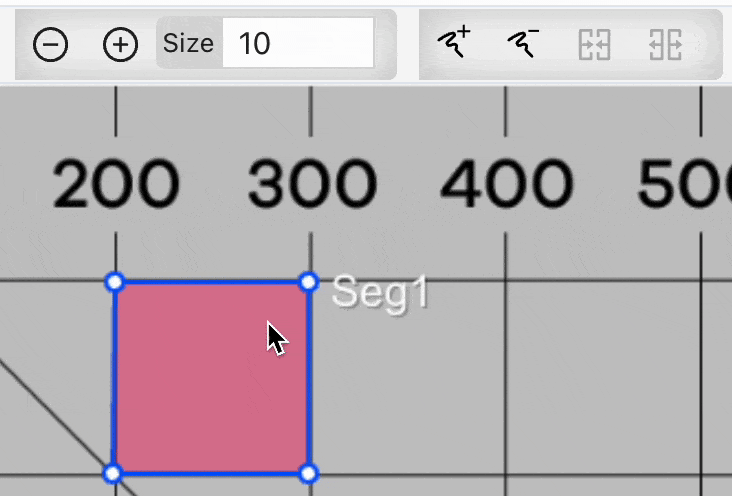Project managers can now save Asset Builder code as templates they can reuse in the project.
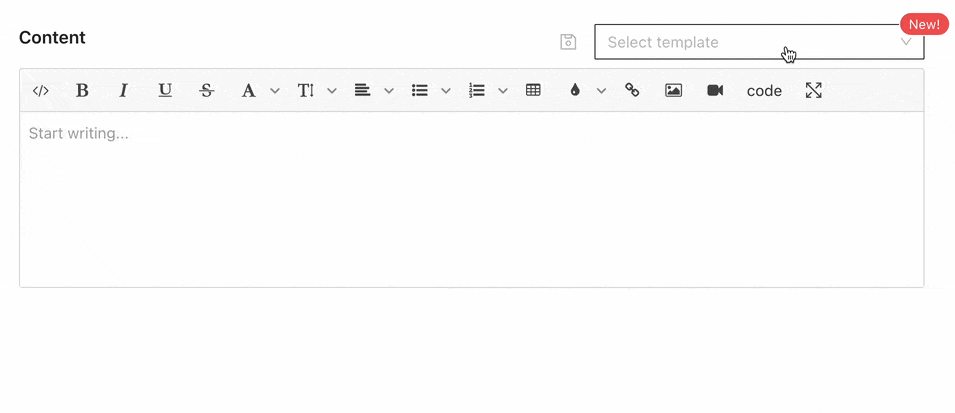
Project managers can now import reference medical volumes. Users are able to switch between them as they annotate. Read more in our docs.
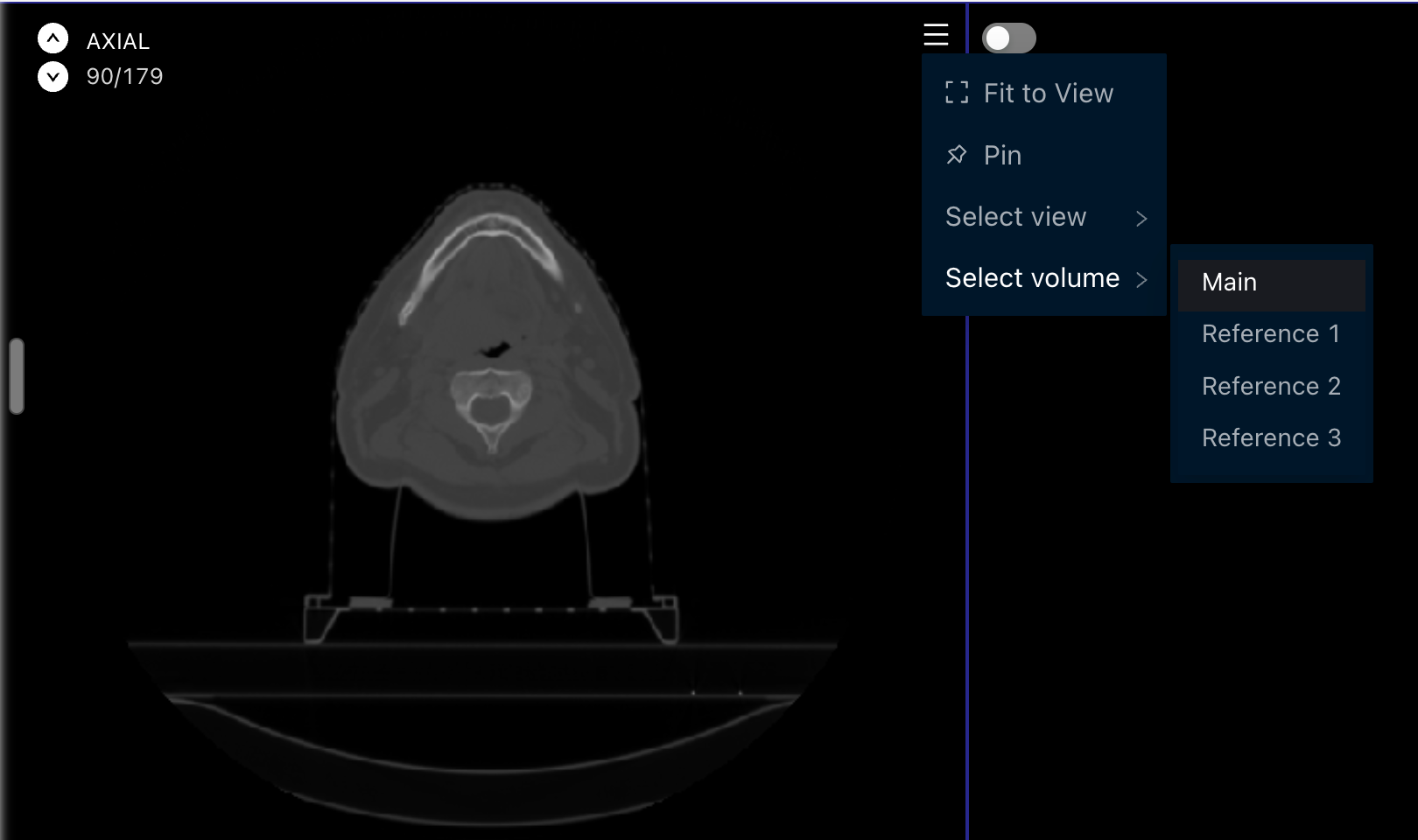
Users can now customize which axis they wish to see in each medical editor view. Read more in our docs.
Users can now quickly annotate text tokens by double clicking, and multiple tokens by double clicking and dragging.
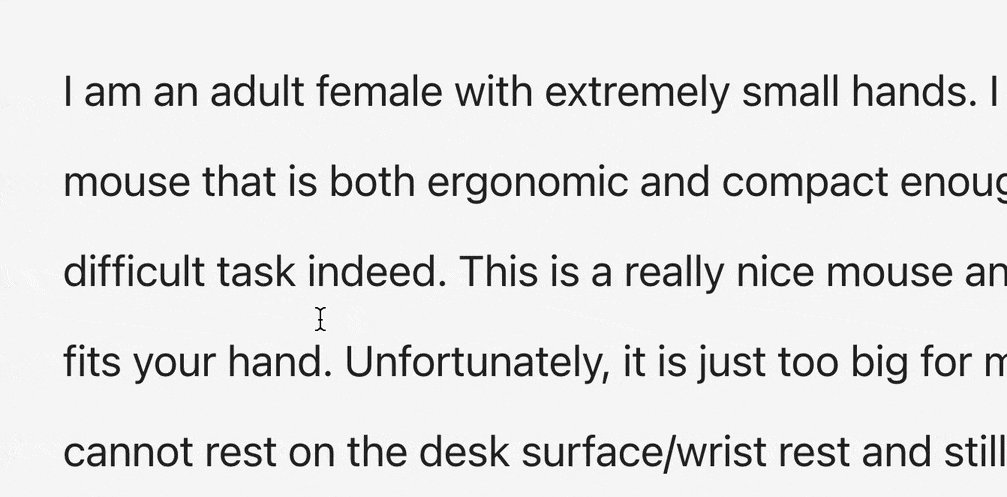
Project managers can now assign individual tasks created with the Asset Builder to batches. Read more in our docs.
Users can now mark points in splines by hovering over them and pressing B. Marked points will appear in a different color and will possess a “marked” property in the final export.
Spline points can now be snapped to existing spline points. Read the Spline docs for more.
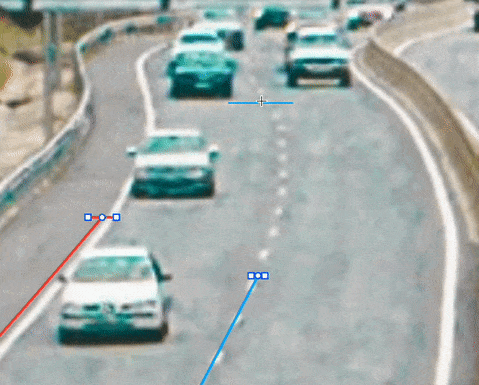
While drawing splines, users can now use the keyboard shortcuts Y and U to narrow/widen the current spline point by 1 pixel, or 0.5 pixels if holding the Alt/Option button.
Project managers can now import multiple single-frame DICOM files as a single asset. Read more in the docs here.
Users can now open area-specific issues on audio files.
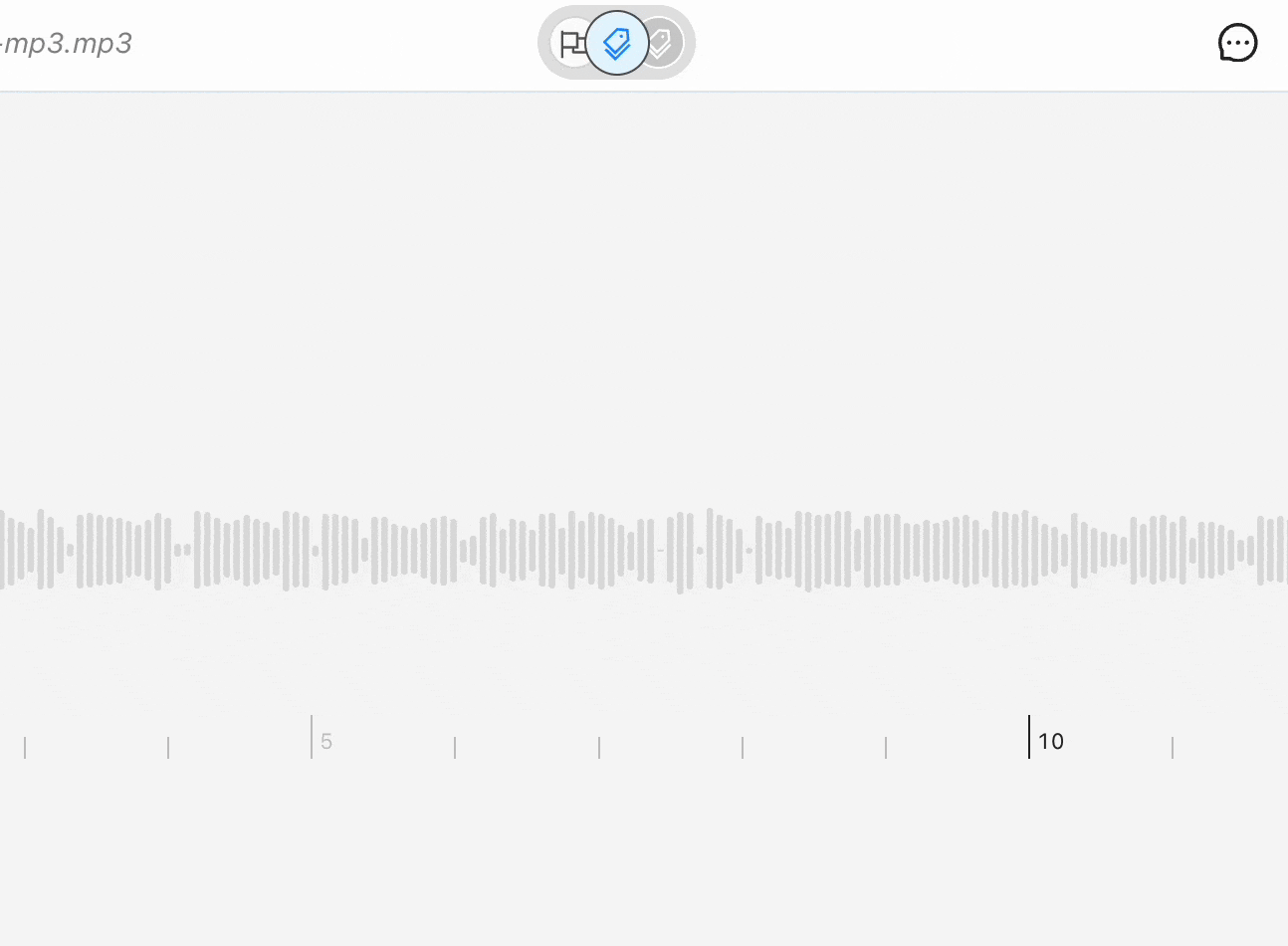
Added full support for all Unicode languages for data uploaded to the Asset Builder through .csv tables. (This includes all Indian languages and many more.)
Attempting to remove a storage integration from an organization now displays a confirmation message that is both more informative and more difficult to accidentally accept.
The ability to import sample projects has been made more prominent when viewing the organization’s list of projects.
The library used to parse Excel spreadsheet files (Sheet JS) has been updated, fixing a potential security vulnerability. (CVE-2024-22363)
In the sample JSON provided in the “Label Import” dialog, sample JSON for importing tree dropdown classifications has been added.
The code powering export, user, organization, issue, database, and notification-related functionality has been optimized, potentially leading to improved stability and performance.
The code underlying the medical labeling editor has been rewritten to prepare for future updates, potentially leading to improved stability and performance.
A number of tooltips have been added throughout Ango Hub to improve intelligibility of action buttons.
In the text labeling editor, users can now quickly jump to the location of a spot issue from the Issues drawer.
The user is now warned in advance and when they try to import more than 20k rows at once in the Asset Builder if they attempt to do so.
The warning shown when users attempt to upload more than 20k rows at a time with the Cloud Upload method has been improved.
Multi-page DICOM assets are now loaded all at once, improving speed when navigating between pages.
The auto-merge functionality is now available for the Segmentation tool. Click on an existing segmentation and then on the Auto-Merge icon to quickly expand it.
